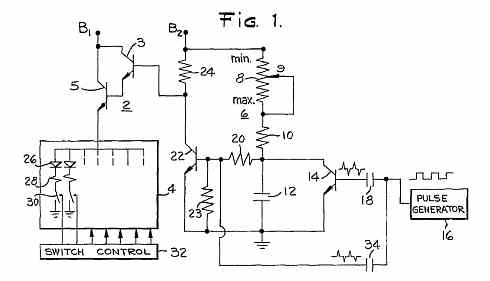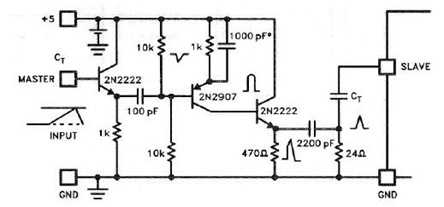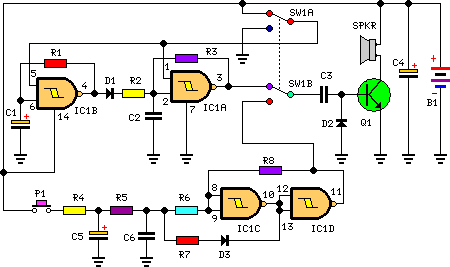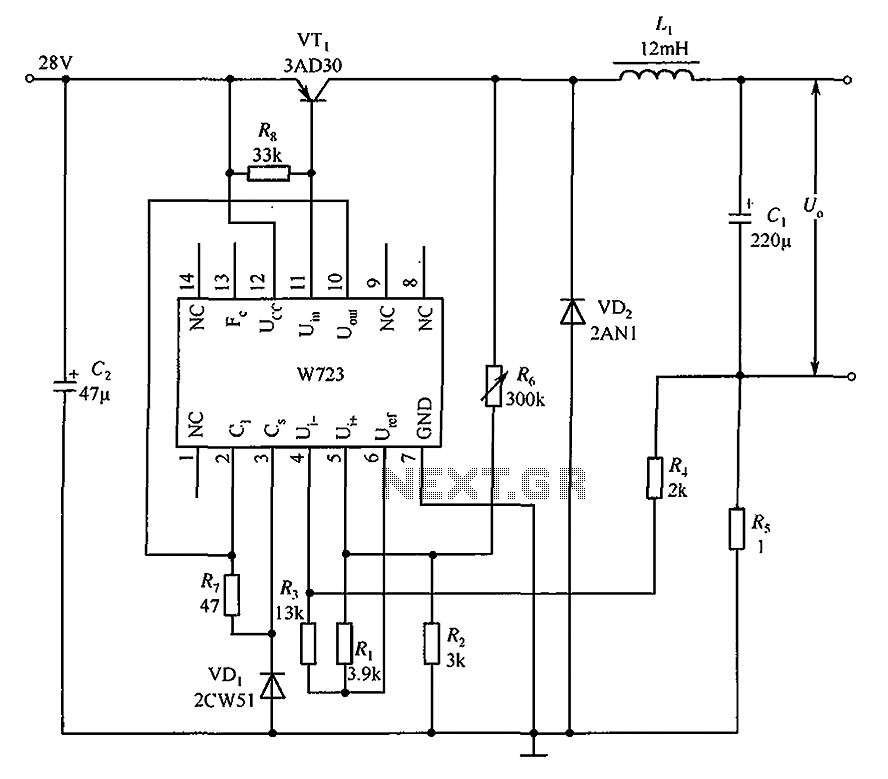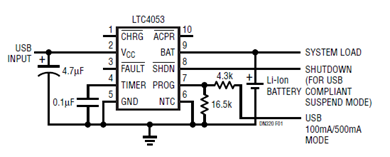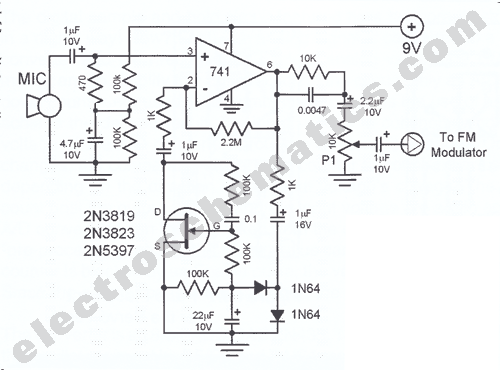
SRS5250S Application circuit diagram
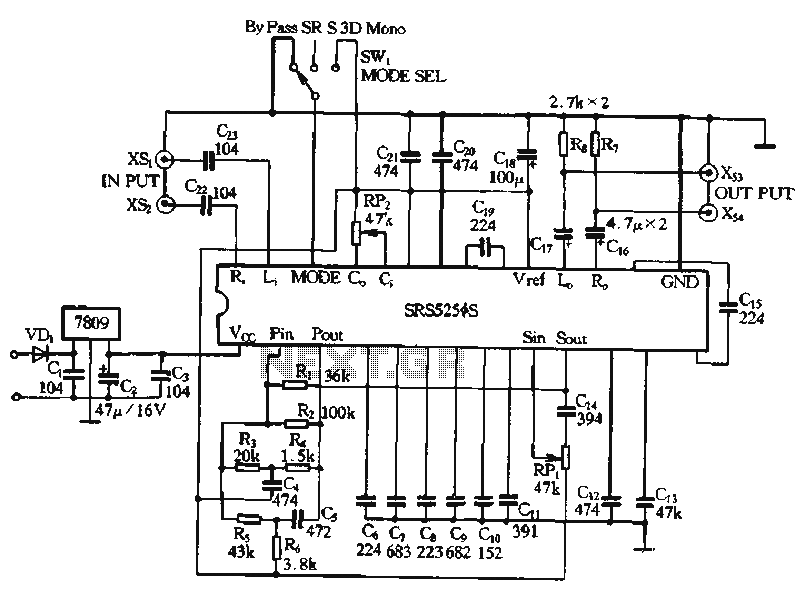
Typical application circuits for the Zheng brick SRS5250S are illustrated in the provided diagram. The SRS5250S features a pin diagram and a processing circuit that allows the user to switch between three operating modes: straight, SRS, and single-channel analog 3D mode. This chip exhibits low distortion (only 0.05%) and a high signal-to-noise ratio (113 dB), ensuring that the input signal pass-through mode is minimally affected, thereby maintaining high fidelity and not compromising music playback. In the shuttlecock mode, the width of the surround sound can be adjusted using a potentiometer, which influences the perceived sound field distance. For instance, when listening to a live concert recording, a narrow modulation width creates the sensation of being seated at the back of the concert hall, where the singer's voice appears distant, but the applause and cheers from the audience are clearer. Conversely, when the surround width is increased, it simulates the experience of sitting in the front row, where the singer's voice is more pronounced. The center position potentiometer allows for adjustments to the left and right sound fields, enabling the user to emphasize or diminish the presence of characters and dialogue in a film or the performance of a concert artist. When using the monaural analog 3D mode, mono input signals can also be transformed to simulate three-dimensional sound, although the effect is not as pronounced as with stereo input signals.
The SRS5250S is designed to provide versatility in audio processing applications, making it suitable for use in various audio devices, including home theater systems, soundbars, and portable speakers. The circuit configuration includes essential components such as operational amplifiers, resistors, and capacitors, which work together to achieve the desired audio effects. The operational amplifiers are responsible for signal amplification and processing, while the resistors and capacitors help shape the frequency response and control the gain of the audio signals.
In the straight mode, the SRS5250S functions as a high-fidelity audio pass-through, preserving the original sound quality without any enhancements or alterations. This mode is ideal for users who prefer an uncolored audio experience. The SRS mode, on the other hand, applies psychoacoustic processing techniques to create an immersive surround sound experience, enhancing the perception of space and depth in audio playback. The single-channel analog 3D mode offers a unique solution for mono audio sources, allowing users to experience a sense of three-dimensionality even when using single-channel input.
The adjustable potentiometers for surround width and center position allow for user customization, enabling listeners to tailor their audio experience according to personal preferences and room acoustics. This adaptability is essential for achieving optimal sound staging and localization of audio sources, particularly in complex audio environments. The SRS5250S thus stands out as a robust solution for enhancing audio playback in various applications, ensuring that users can enjoy a rich and engaging listening experience.Typical application circuits Zheng brick SRS5250S constitute processing shown in FIG. 9-41. SRS5250S pin diagram SRS5250S processing circuit may switch to select its three operating modes: straight, SRS, single-channel analog 3D mode. This distortion is small chips (only 0--05%), high SNR (113cB), so the input signal pass-through mode number less affected, its fidelity is high, does not affect the playback of music . When choosing shoes shuttlecock mode, you can adjust the width of the surround section potentiometer to adjust the distance degree sound field.
For example: When listening to a live concert recording of the program, when the modulation width surrounded by small, it will feel like you are sitting in the back of the concert hall, the singer 's voice sounds distant, but the applause and cheers of the audience surrounding sound ratio clearer. When transfer large surround width, as if sitting in front of the concert hall row, the singer's voice becomes very clear o adjust the center position potentiometer device, you can adjust the left and right field, you can highlight or dilute the film's characters and dialogue concert performer singing.
Select monaural analog 3D mode , the input for mono signals can also become better simulate three-dimensional sound, but the effect is not as good a stereo input signal.
The SRS5250S is designed to provide versatility in audio processing applications, making it suitable for use in various audio devices, including home theater systems, soundbars, and portable speakers. The circuit configuration includes essential components such as operational amplifiers, resistors, and capacitors, which work together to achieve the desired audio effects. The operational amplifiers are responsible for signal amplification and processing, while the resistors and capacitors help shape the frequency response and control the gain of the audio signals.
In the straight mode, the SRS5250S functions as a high-fidelity audio pass-through, preserving the original sound quality without any enhancements or alterations. This mode is ideal for users who prefer an uncolored audio experience. The SRS mode, on the other hand, applies psychoacoustic processing techniques to create an immersive surround sound experience, enhancing the perception of space and depth in audio playback. The single-channel analog 3D mode offers a unique solution for mono audio sources, allowing users to experience a sense of three-dimensionality even when using single-channel input.
The adjustable potentiometers for surround width and center position allow for user customization, enabling listeners to tailor their audio experience according to personal preferences and room acoustics. This adaptability is essential for achieving optimal sound staging and localization of audio sources, particularly in complex audio environments. The SRS5250S thus stands out as a robust solution for enhancing audio playback in various applications, ensuring that users can enjoy a rich and engaging listening experience.Typical application circuits Zheng brick SRS5250S constitute processing shown in FIG. 9-41. SRS5250S pin diagram SRS5250S processing circuit may switch to select its three operating modes: straight, SRS, single-channel analog 3D mode. This distortion is small chips (only 0--05%), high SNR (113cB), so the input signal pass-through mode number less affected, its fidelity is high, does not affect the playback of music . When choosing shoes shuttlecock mode, you can adjust the width of the surround section potentiometer to adjust the distance degree sound field.
For example: When listening to a live concert recording of the program, when the modulation width surrounded by small, it will feel like you are sitting in the back of the concert hall, the singer 's voice sounds distant, but the applause and cheers of the audience surrounding sound ratio clearer. When transfer large surround width, as if sitting in front of the concert hall row, the singer's voice becomes very clear o adjust the center position potentiometer device, you can adjust the left and right field, you can highlight or dilute the film's characters and dialogue concert performer singing.
Select monaural analog 3D mode , the input for mono signals can also become better simulate three-dimensional sound, but the effect is not as good a stereo input signal.
Warning: include(partials/cookie-banner.php): Failed to open stream: Permission denied in /var/www/html/nextgr/view-circuit.php on line 713
Warning: include(): Failed opening 'partials/cookie-banner.php' for inclusion (include_path='.:/usr/share/php') in /var/www/html/nextgr/view-circuit.php on line 713
